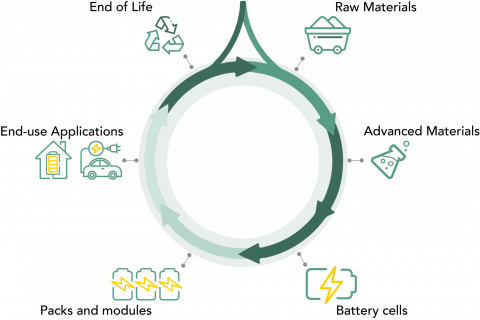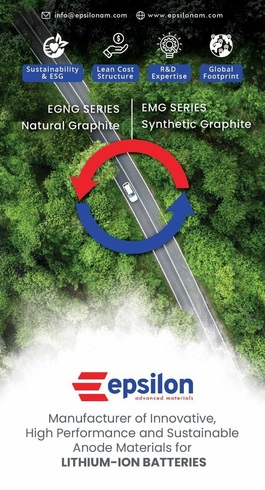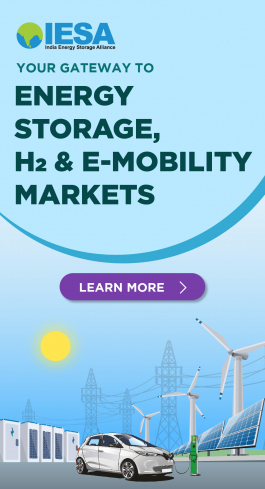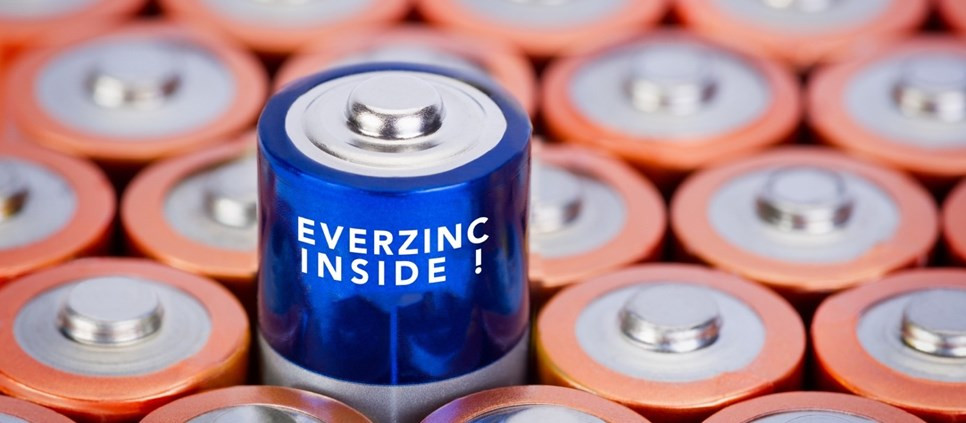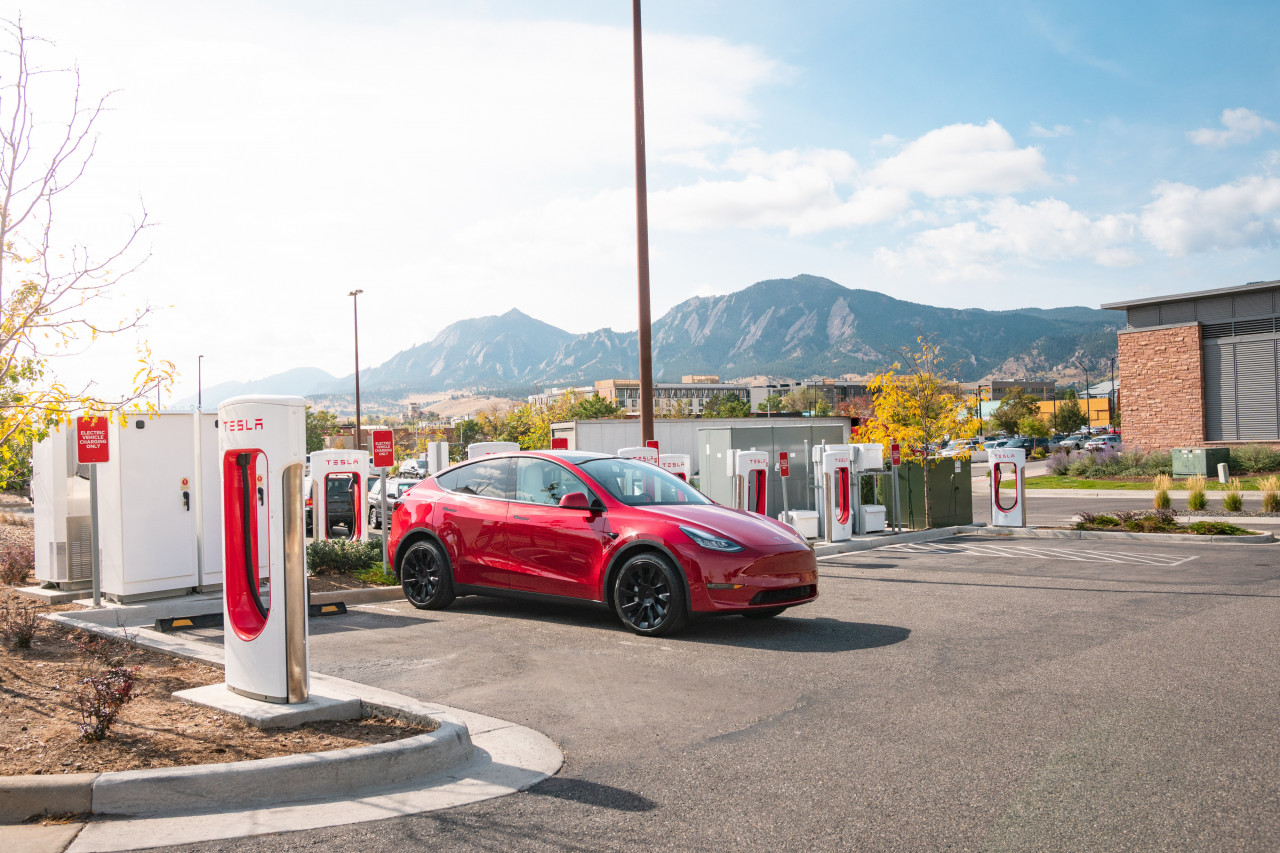Europe gears for a competitive battery value chain
Europe's battery demand is skyrocketing year on year, with applications in the e-mobility and stationary storage domains taking a stark lead over consumer electronic goods' applications. There is a need to simplify the ecosystem, set R&I priorities, and improve sustainability, writes Wouter Ijzermans, Executive Director - Batteries European Partnership Association* (BEPA).
In parallel, there is a need for industrial upscaling; that is, Europe needs to build high-volume 'giga factories' with manufacturing capacities of several 10's of GWh of battery cells, highly automated and using advanced battery technologies, energy and material efficient, and with the lowest environmental footprint.
Within 2-4 years, the amount of EoL (end of life) batteries from e-mobility and stationary applications will rise, completely transforming the recycling value chain. This means that both, number and capacity of recycling facilities, need to increase. The new capacities need to be automated to reduce costs and reduce safety risks in all parts of the value chain. Most importantly, there is a strong need for a market uptake.
A more consistent policy framework across all States would be key to modernizing the general grid, and reducing the carbon footprint on a larger scale. The proposal for an update EU regulation on batteries and battery waste should help create a more competitive battery value-chain in Europe based on sustainability and circularity, making sure that environmental performance does constitute an added value.
The regulation should provide legal certainty, which will help unlock largescale investments for battery technologies, and help to steer investment in R&I, and thus boost the production capacity for innovative and sustainable batteries in Europe and beyond.
Batteries with a lower environmental footprint are expected to have a significant impact on increasing the uptake of electric vehicles. Since the launch of the European Battery Alliance (EBA250) in 2017, the R&I community for the European battery value chain has made tremendous progress on the above-mentioned points. Yet, the past years were characterised by the mushrooming of many different initiatives, each with its specific focus.
While each initiative is working on great things, the European battery landscape threatened to become too complex for the stakeholders involved, who might not see the wood for the trees. This complexity introduces a risk that players will turn away from the European ecosystem and that R&I efforts will remain isolated and suboptimal.
As the association representing the private members of the Batt4EU Partnership under Horizon Europe, BEPA is trying to do its bit to simplify the ecosystem. BEPA, the ETIP Batteries Europe and the long-term research initiative Battery 2030+ will work more closely together to provide one single Strategic Research and Innovation Agenda for the European battery value chain, setting out the R&I priorities to be most urgently addressed in Europe.
Building on the in-depth technology reviews provided by Batteries Europe, the future research needs, and the strategic insight of BEPA into the EU policy objectives, the new SRIA will keep focusing on prioritising the most urgent needs within the scope of the BATT4EU Partnership.
But it will also be more holistic by addressing other domains, out of scope for the Batt4EU Partnership but vital for the EU strategic autonomy and energy transition, like raw materials mining or battery charging infrastructure. Better coordination with Battery 2030+ will ensure that the long-term perspective is given the attention it deserves.
As BEPA, we are eager to see the excellent scientific animation by Battery 2030+ being expanded from the current focus of 'chemistry-neutral' technologies to include 'chemistry-enabling' technologies, to diversify further the portfolio of battery solutions we have in Europe. A full hand of technologies and different battery cell chemistries will further reduce the dependency on specific minerals and allow for more sustainable batteries.
In addition, we are aiming to strengthen the ties with the manufacturing world, more specifically with the EBA, the two Important Projects of Common European Interest and the LiPlanet pilot line community, to better address other critical challenges such as education and skills or innovation uptake.
RELATED: EV Charging Infrastructure in Europe: Right on track or a looming road block?
*The Batteries European Partnership Association (BEPA) is the international non-profit making association (AISBL) representing the private-side of the BATT4EU Partnership. It gathers the European battery community willing to contribute to the ambitious upcoming Research & Innovation Batteries Partnership under Horizon Europe.




